Dreamland Burning: A Charge to Make Sense of the Present by Interrogating Our Past
“The dead always have stories to tell. They just need the living to listen.” (Latham, 2017, p. 4)
| Written in alternating first-person narratives, Dreamland Burning tells the story of two adolescents living in Tulsa, OK, who witness racially motivated violence and hatred. The novel begins with Rowan Chase, a 17-year-old from upper-middle class mixed-race family, who is awakened on her first day of summer vacation by the sounds of construction workers renovating her family’s “back house.” After a few moments, the hammering and drilling suddenly stop, and Rowan quickly discovers why when she goes to investigate: the skeletal remains of a person, who had been hidden underneath the “back house” floor, have been uncovered. |
Will’s self-awareness serves as his source of conflict as he navigates his sociocultural context. From the onset of his narrative, Will feels pressure from the white community to adhere to cultural expectations, which is evident in the action that begins his narrative. Will and his best friend Clete are inside the Two-Knock, a speakeasy, when Will’s crush, Addie, enters with a young African American man, Clarence Banks. Feeling threatened, Will confronts Clarence to “protect” Addie’s reputation. As one might suspect, tensions escalate, and Clarence accidentally pushes Will to the ground, injuring Will’s arm, while defending himself.
This act of an African American “assaulting” a white boy, as stated by Clete, leads to Tulsa’s Ku Klux Klan getting involved when the police will not. Thus, Latham creates the background necessary for helping young readers understand some of the violent acts and racist beliefs leading to the Tulsa Race Riot of 1921. Will’s narrative leading up to the beginning of the riot also centers on his character’s quest to understand his own beliefs in the midst of his community. He befriends an African American brother and sister, Joseph and Ruby, and he works to protect them against Vernon Fish, local businessman, who is a member of the Klan and initiator of the riot.
The white community heeded this charge and sought to lynch Rowland, who had been arrested for the alleged assault and held at the court house, but when the mob arrived there and it was clear the police would not turn him over, the mob turned even more angry. After an altercation with some African Americans who had arrived to bear witness to these events, the mob’s attention then focused on the Greenwood District in Tulsa.
The Greenwood District was home to one of the nation’s most prosperous and successful African American communities, which earned it the name “Black Wall Street.” The mob invaded the Greenwood District and began looting and burning homes, churches, a hospital, a school, and businesses; after 16 hours, the Greenwood District was in absolute ruin. Approximately 8,000 people lost everything, and as Latham documents in her “Author’s Note,” historians believe around 300 people died during the riot by being beaten, lynched, or burned.
Latham, J. (2017). Dreamland burning. New York: Little Brown.
Reynolds, J., & Kiely, B. (2015). All American boys. New York: Atheneum.
Stone, N. (2017). Dear Martin. New York: Crown Books.
Thomas, A. (2017). The hate u give. New York: Harper Collins.
Dr.Ashley D. Black is an Assistant Professor of English Education at Northwest Missouri State University in Maryville, MO.
Until next week.
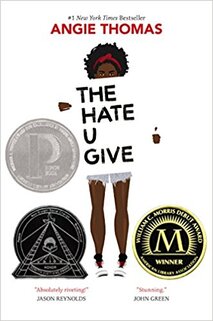
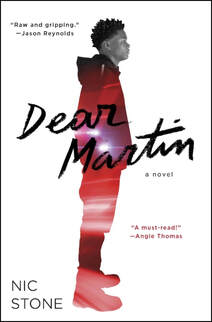
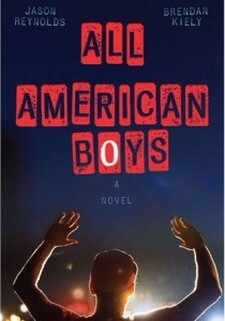
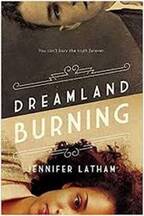
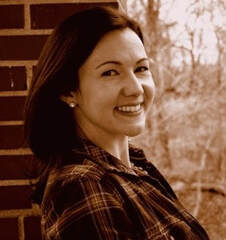


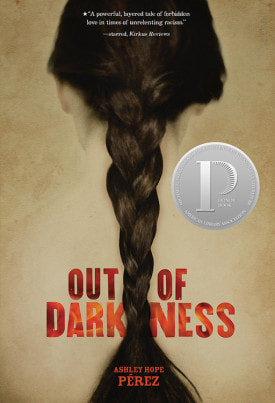
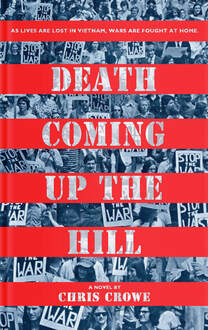
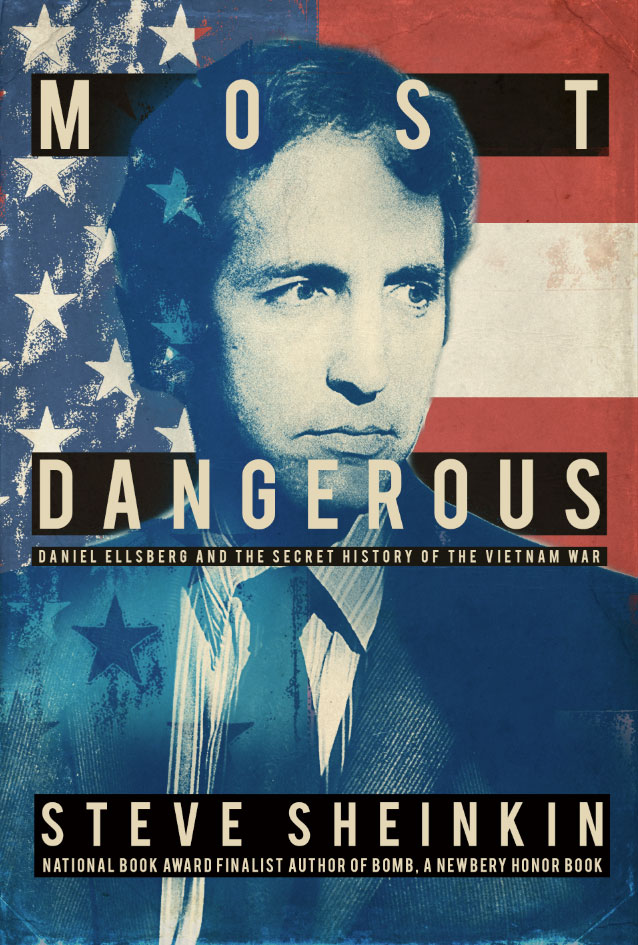
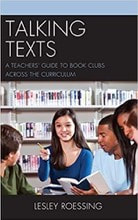




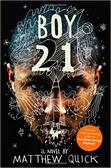
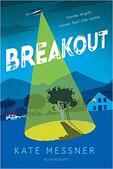
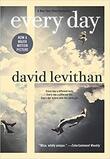
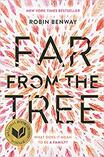
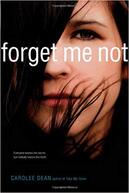

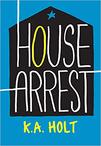
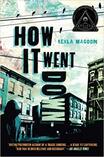
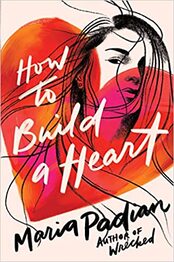

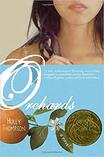
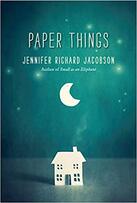

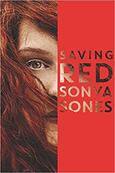

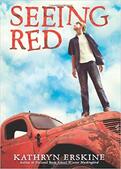
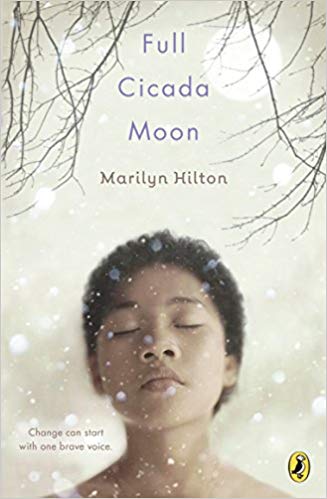
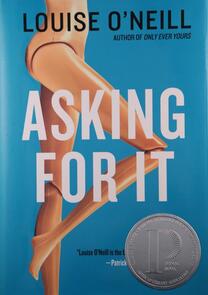
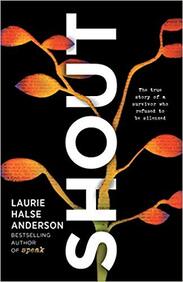
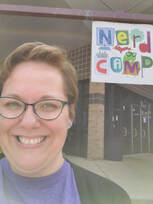
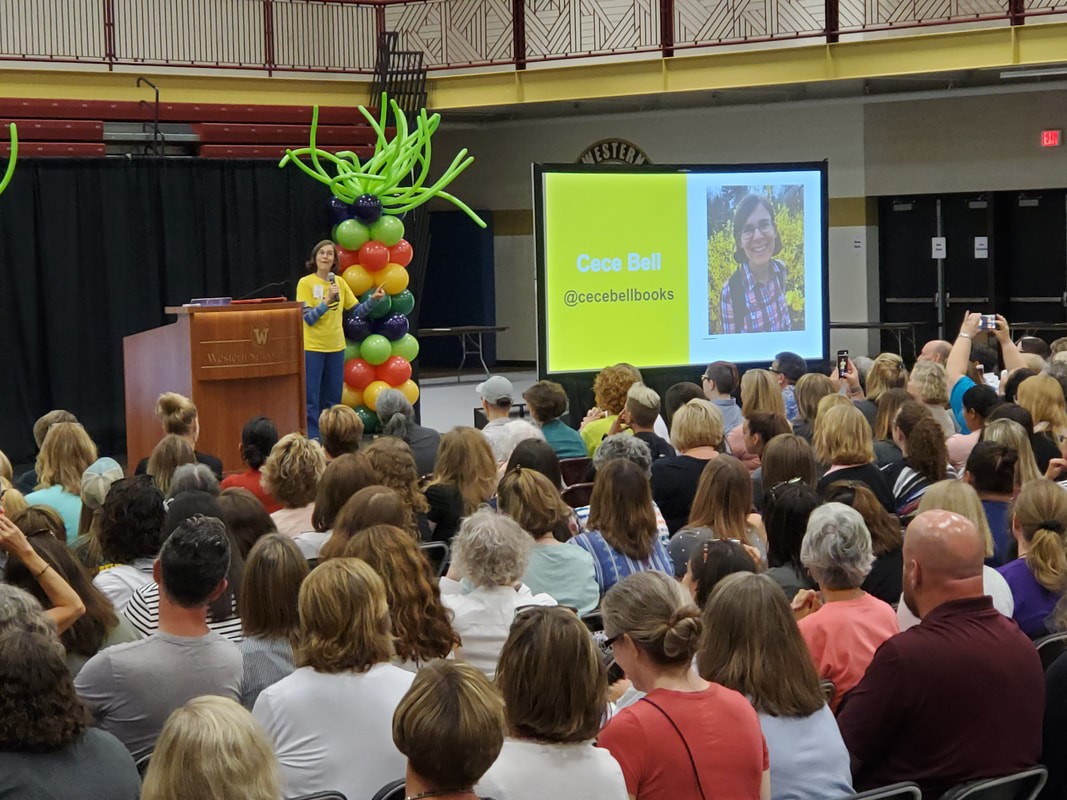
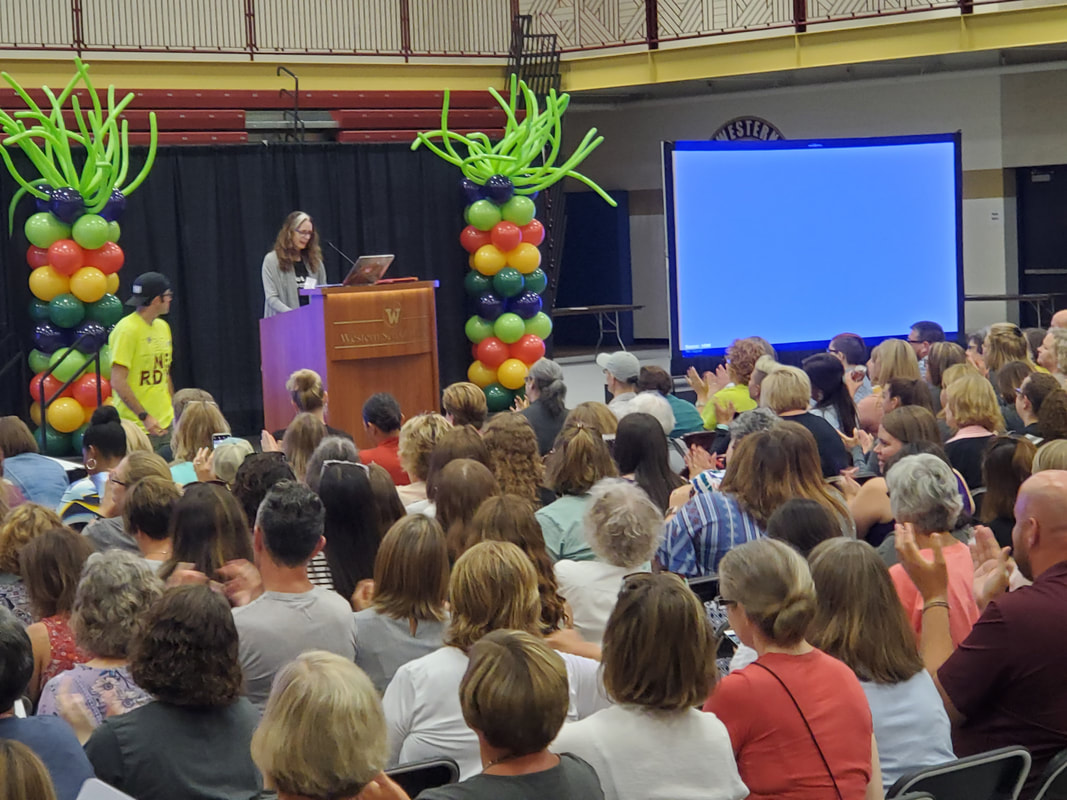
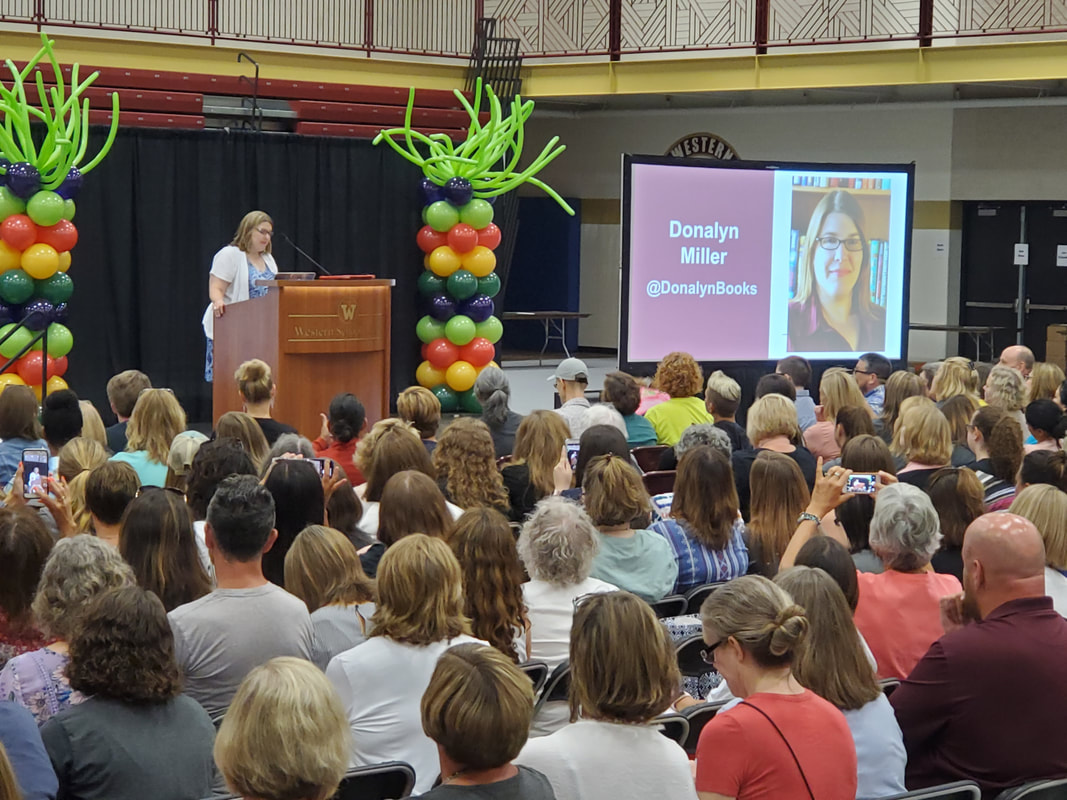
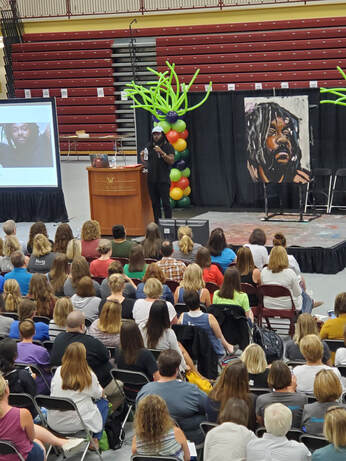
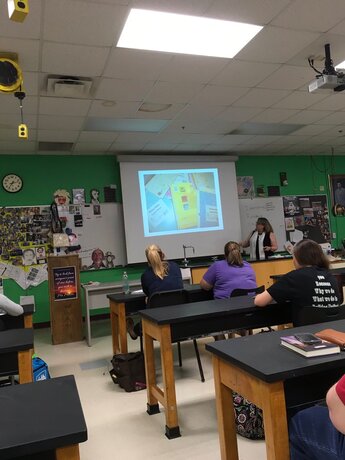
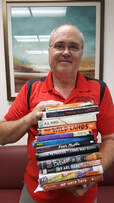
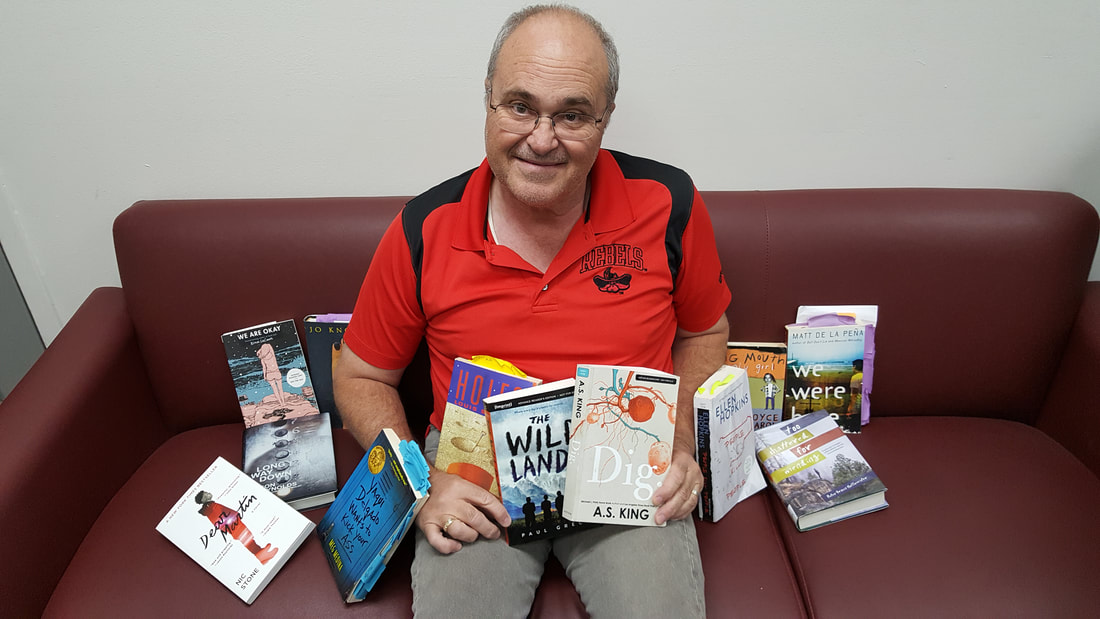
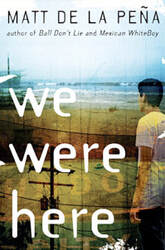
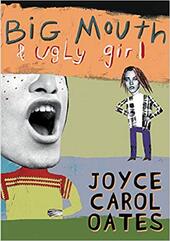
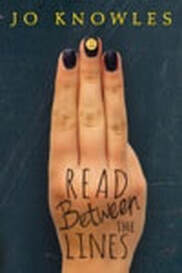

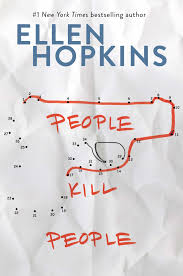
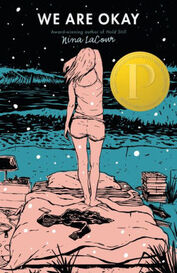
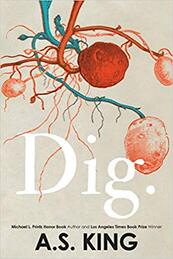
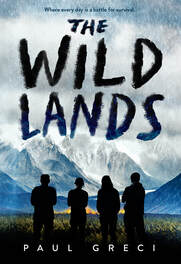
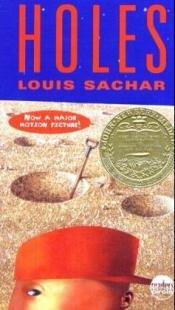
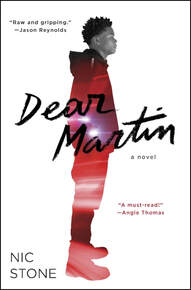

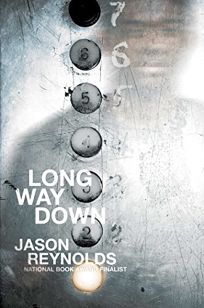
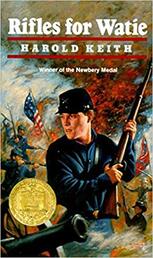
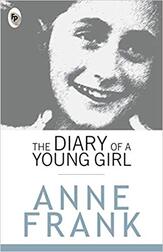
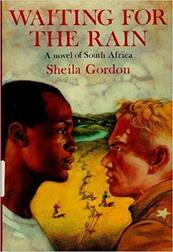
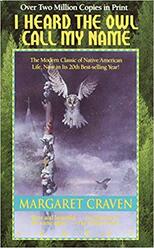
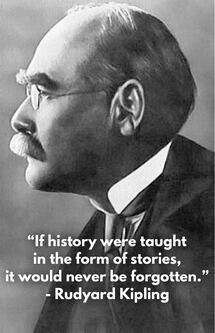
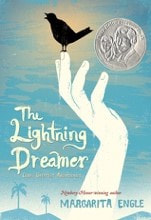
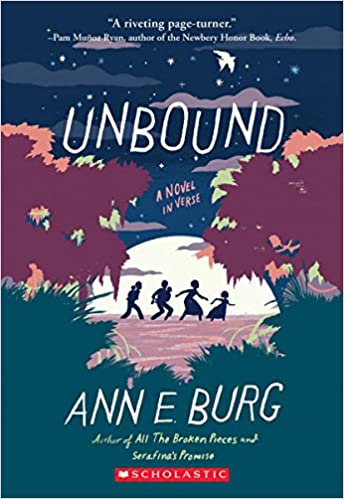
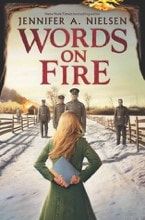
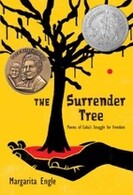
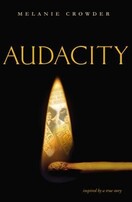
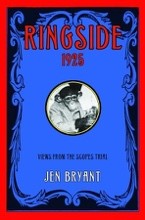
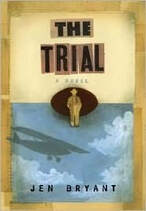
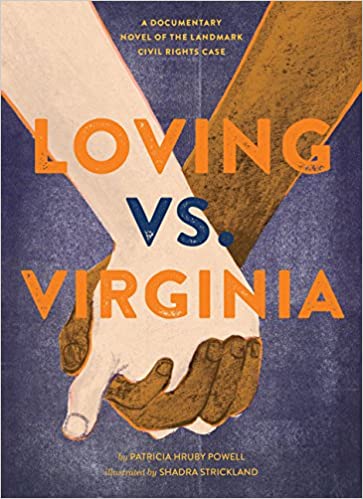
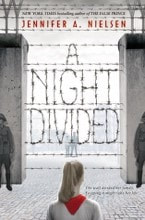
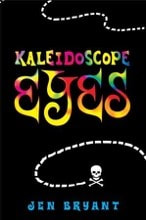
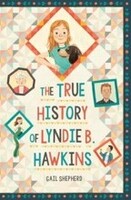
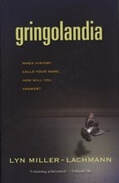
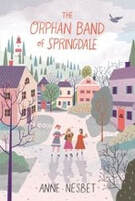
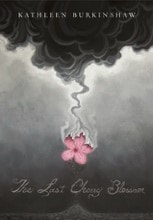
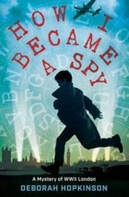
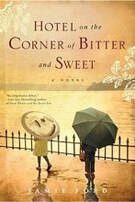
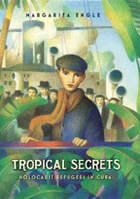
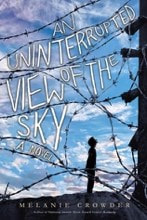
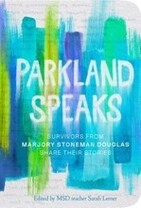
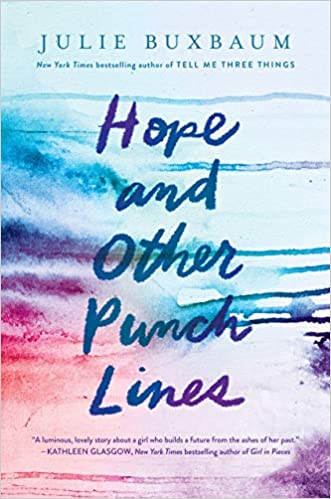

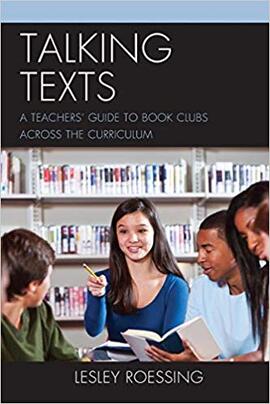

 RSS Feed
RSS Feed